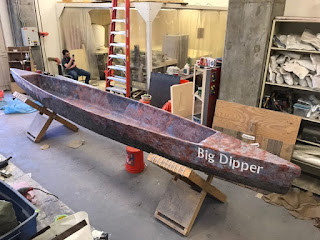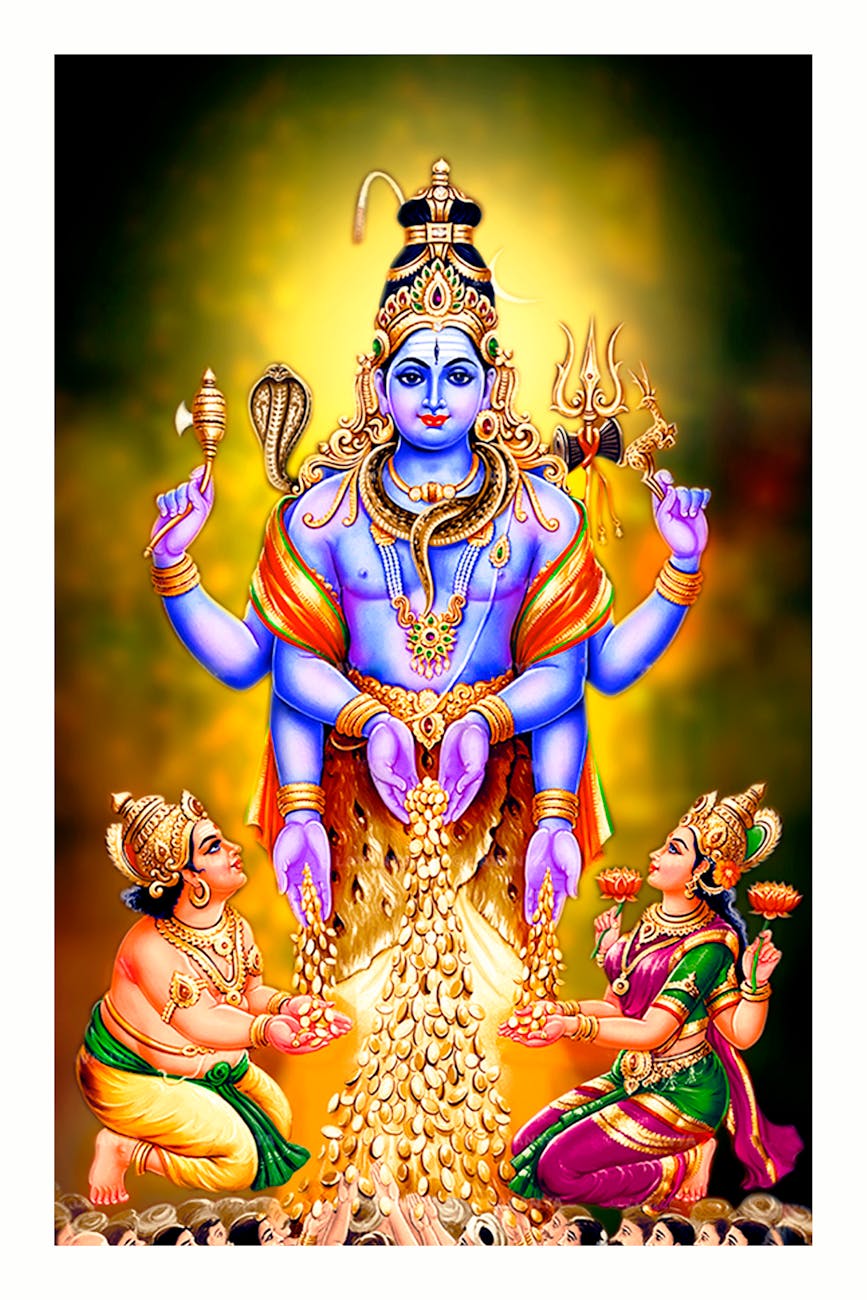Tonight, here on SportsCenter, we are going to show you the Top 10 plays in India this year. It was a year with many great athletic feats, but one athlete claims the top two spots. Many compare his bold feats to Rama, but I think he's even more impressive because he doesn't even need weapons. Here are SportsCenter's top two plays of the year. Both feature Bhima, a superhuman superstar in the WWE. Let's roll some footage.
Footage 1 - #2 Play of the Year - Bhima vs Baka
"Baka, an asura hailing from Ekachakra, has been harassing the townspeople. He's been eating one townsperson every week, and Bhima, the hero who trained under the legendary fighter, Drona, is going to attempt to put a stop to it tonight. They're entering the stage now!", Vyasa stated.
"Bhima appears to be taunting Baka; he has been eating rice while calling Baka's name. Surely this will upset Baka," Vyasa noted. "And it does! Baka is charging Bhima with a tree branch! What will Bhima do?!?"
The crowd fell silent as Baka charged, but cheered uproariously as Bhima caught the club with a single hand and grabbed Baka with his other hand. No one expected Bhima to be able to counter Baka so effortlessly. Then, Bhima threw Baka to the ground. The crowd roared, "Finish him!"
Bhima, using his signature move, the Bow-and-Arrow, placed a knee on Baka's back, one hand on Baka's neck, and the other at the waist of Baka and shattered Baka's back. Bhima hadn't even broken a sweat!
Following the fight, Bhima gave an announcement on the TV, "Townspeople of Ekachakra, Baka will no longer bother you."
Footage 2 - #1 Play of the Year - Bhima vs Hidimba
Vyasa announced, "In one corner, we have Bhima, who has not yet fought a rakshasa, and in the other corner we have the formidable rakshasa, Hidimba."
In one side, Bhima, his brothers, and his mother enter the room with minimal applause; no one knows exactly who Bhima is yet. On the other side of the room enters Hidimba and his sister, Hidimbi. Hidimba had plans to cheat. Hidimba forced Hidimbi to take the form of a very beautiful girl, and he was planning to distract Bhima so the fight would be quick and easy. Bhima noticed the beautiful girl, but knew not to fall for the trick. Hidimba and Bhima have now entered the ring. Hidimba notices that Bhima is not distracted, but now also notices that Hidimbi has fallen for Bhima.
"Can you believe what we're seeing?! Bhima has gotten Hidimba's sister to fall in love with him! Surely Hidimba will take offense!", Vyasa exclaimed.
And, as Announcer 1 had suspected, Hidimba had taken serious offense. He charged Hidimbi, but Bhima stepped in the way. The crowd fell silent, eager to here what the hero and rakshasa were going to say.
Bhima boomed, "You coward, you're here to fight me!"
 |
| Bhima and Hidimba fight while the Pandavas cheer Bhima on. Image Courtesy of Wikimedia |
Bhima climbed to the top rope, and the crowd fell silent. He was towering over Hidimba, who still lies on the ground. Bhima flew off the top rope, bodyslamming Hidimba. The crowd went wild, cheering Bhima's name. Bhima then showcased his signature move in front of the eager crowd - the Bow-and-Arrow. Bhima picked the rakshasa up by the neck and waist and then threw the rakshasa over his knee, breaking Hidimba's back. The fight was now clearly over. However, not only did Bhima defeat Hidimba, he then added insult to injury by marrying Hidimba's sister after she witnessed the stunning victory of Bhima over Hidimba.
Author's Note
While reading the Mahabharata, I noticed that described fights had a lot of drama and followed a common theme with Bhima ending the fights the same way. It was around midnight at the time of me reading the Mahabharata and my tired brain for some reason made me think of the Mahabharata fight scenes as a WWE-esque story. I adapted two fight scenes from the Mahabharata (Bhima vs Hidimba and Bhima vs Baka) into a WWE atmosphere while mirroring the plot points from the stories into my story. I put Vyasa as the announcer as he was the one who authored the Mahabharata so I thought it was fitting.


.jpg/1200px-Vijayanagara%2C_Hampi%2C_India_(20578091874).jpg)











